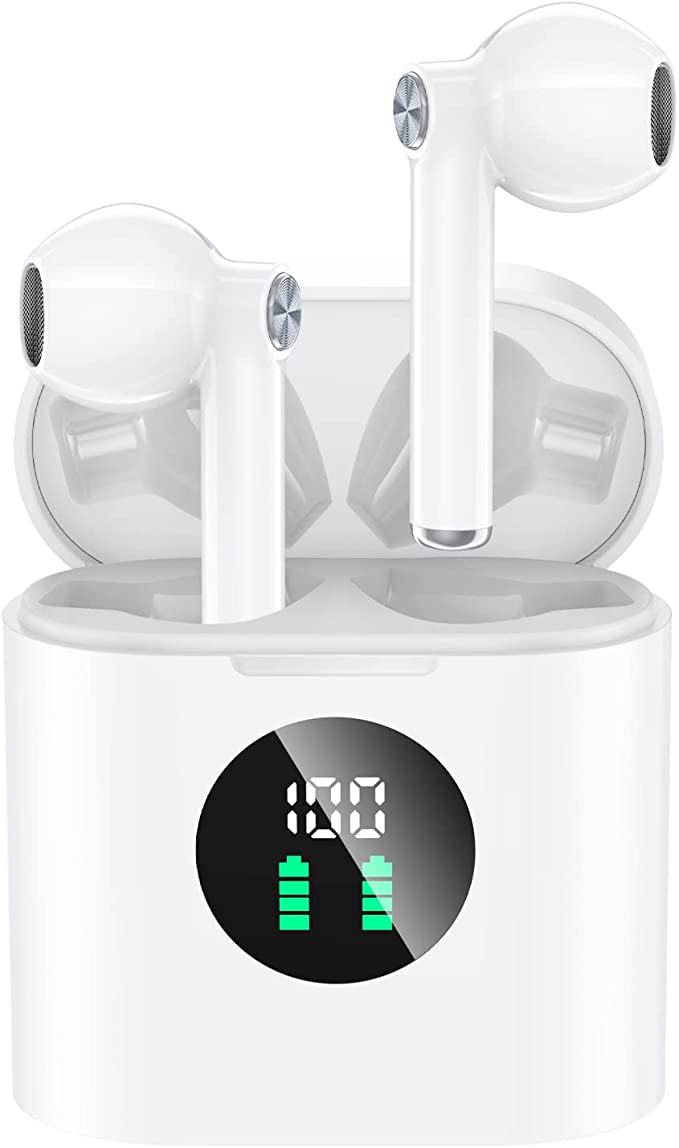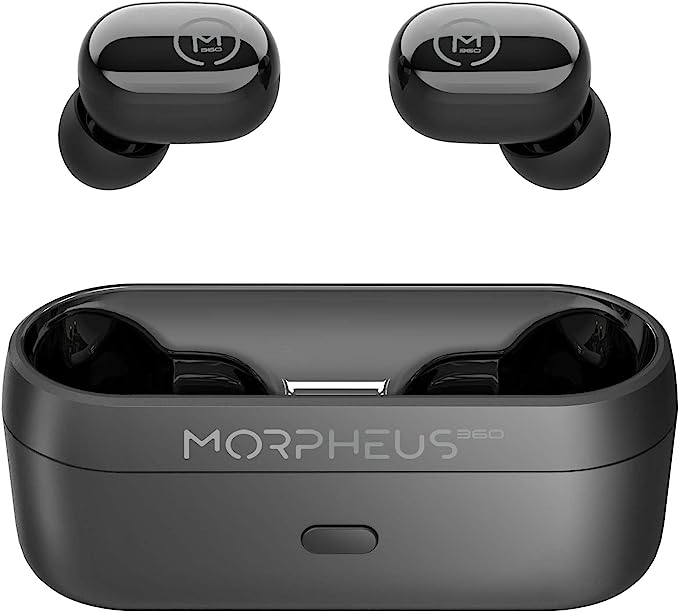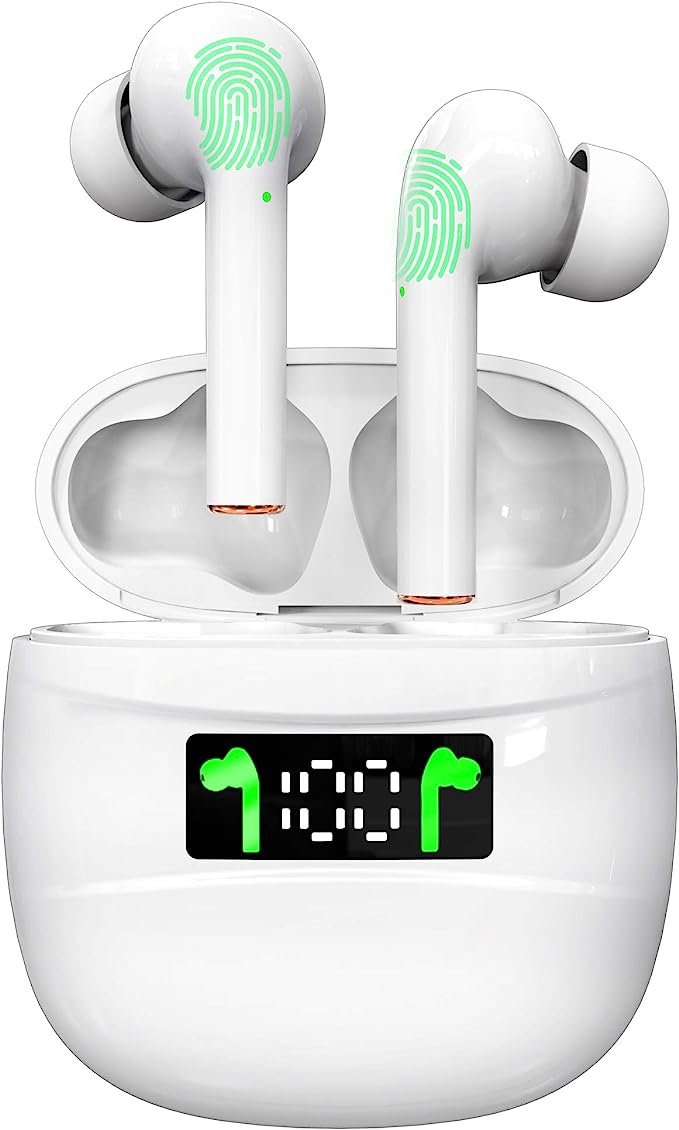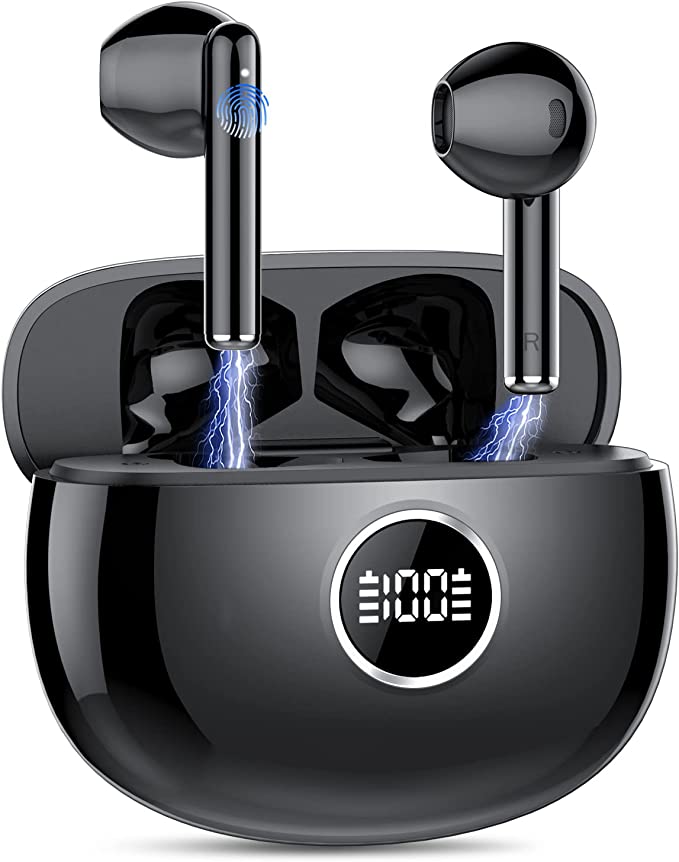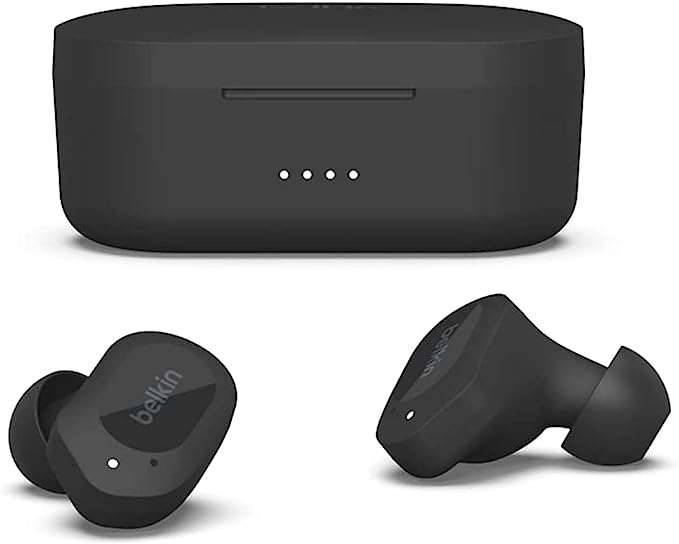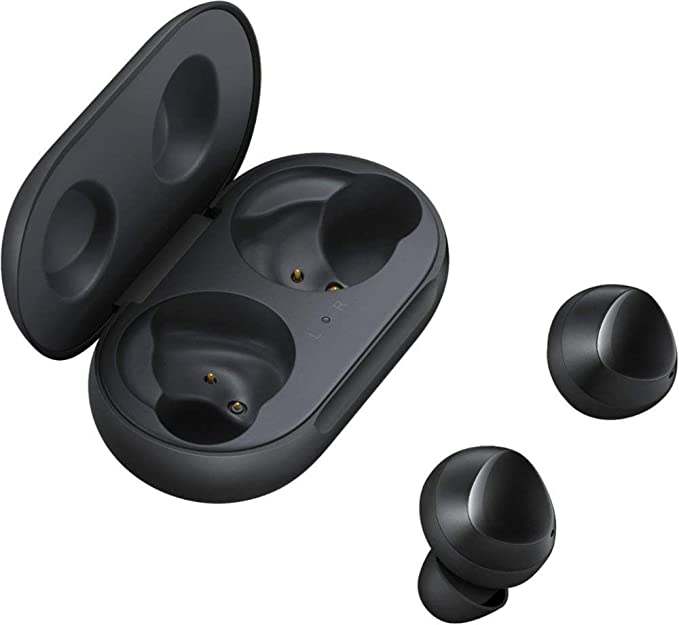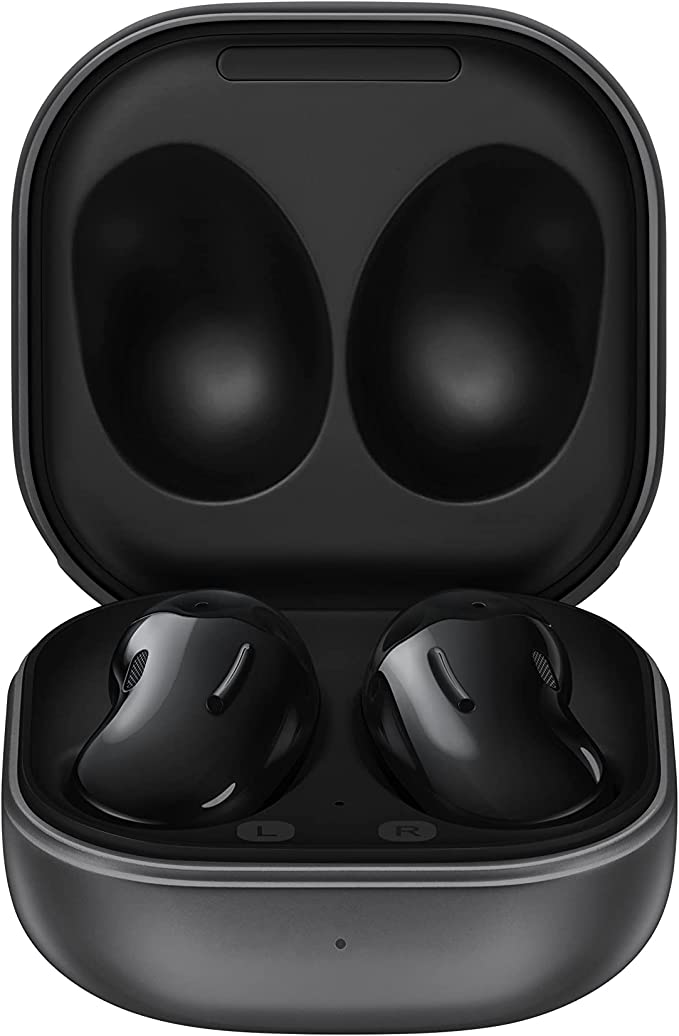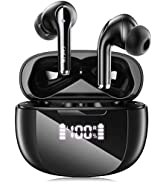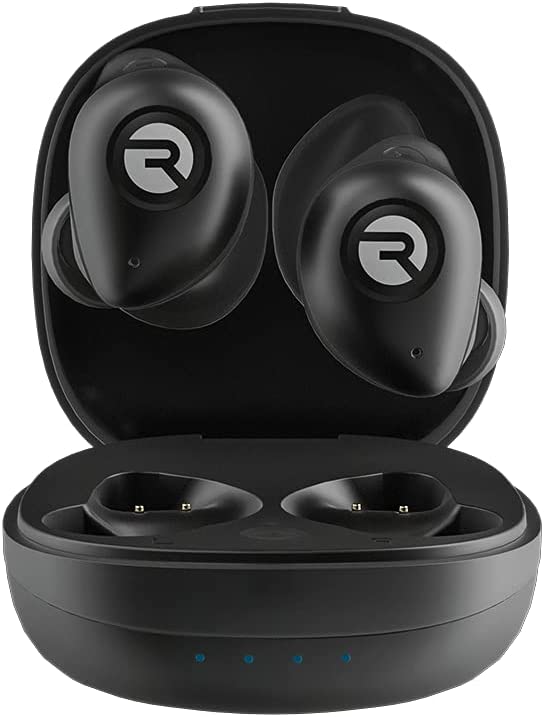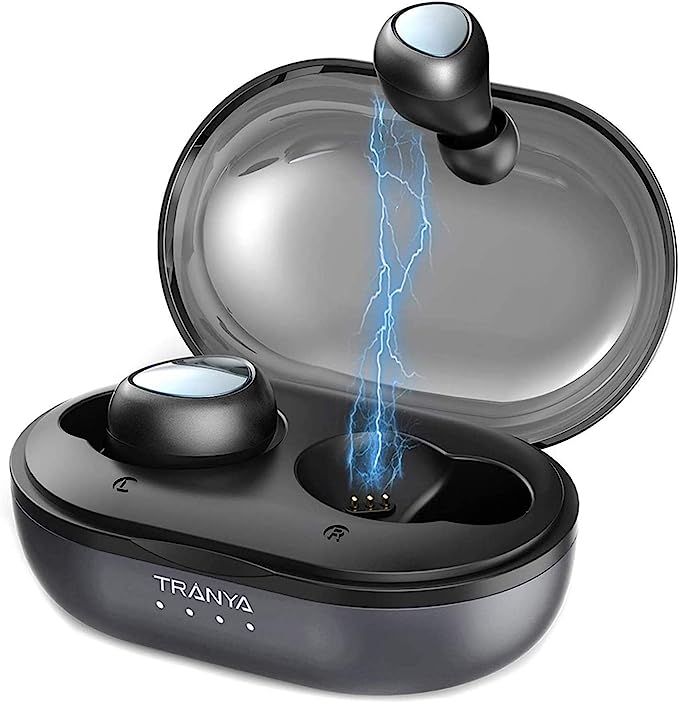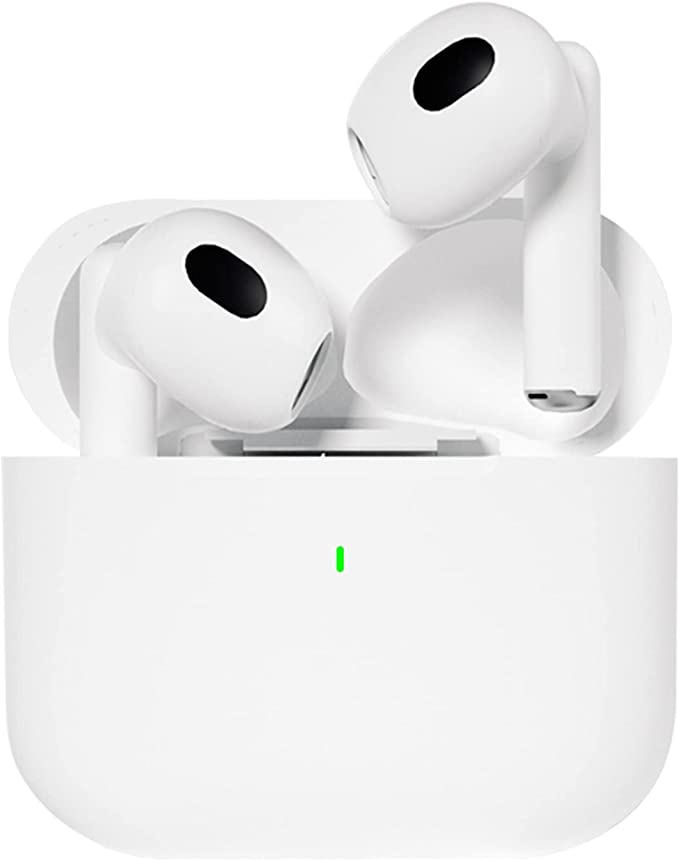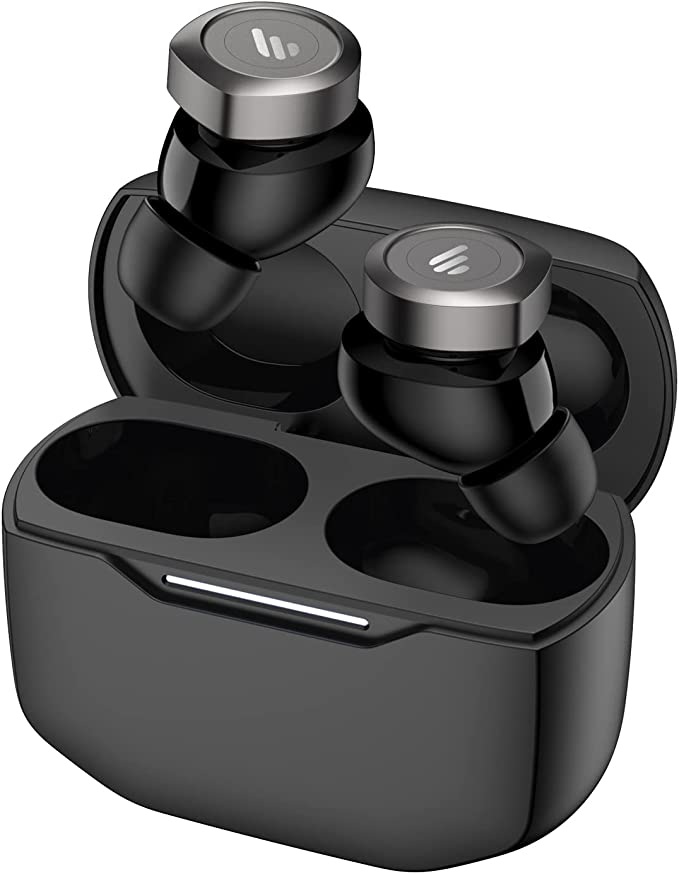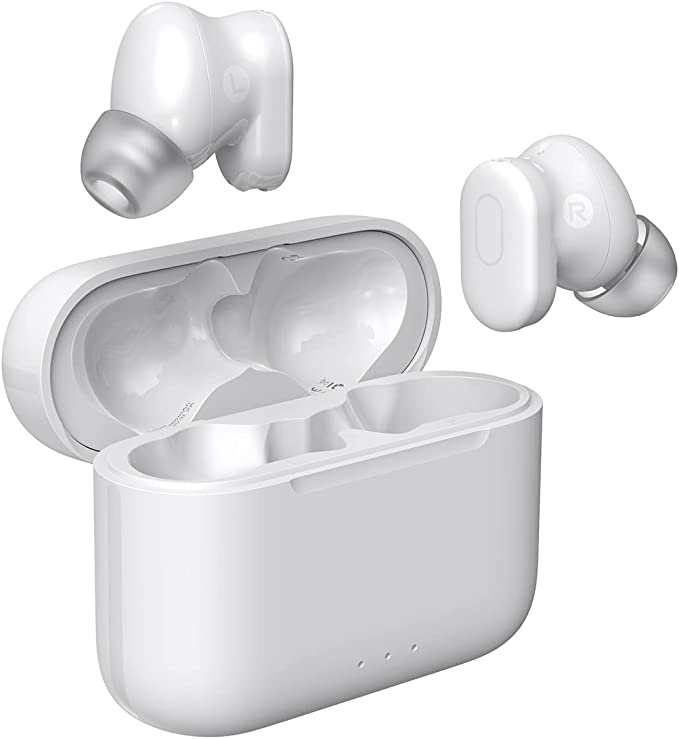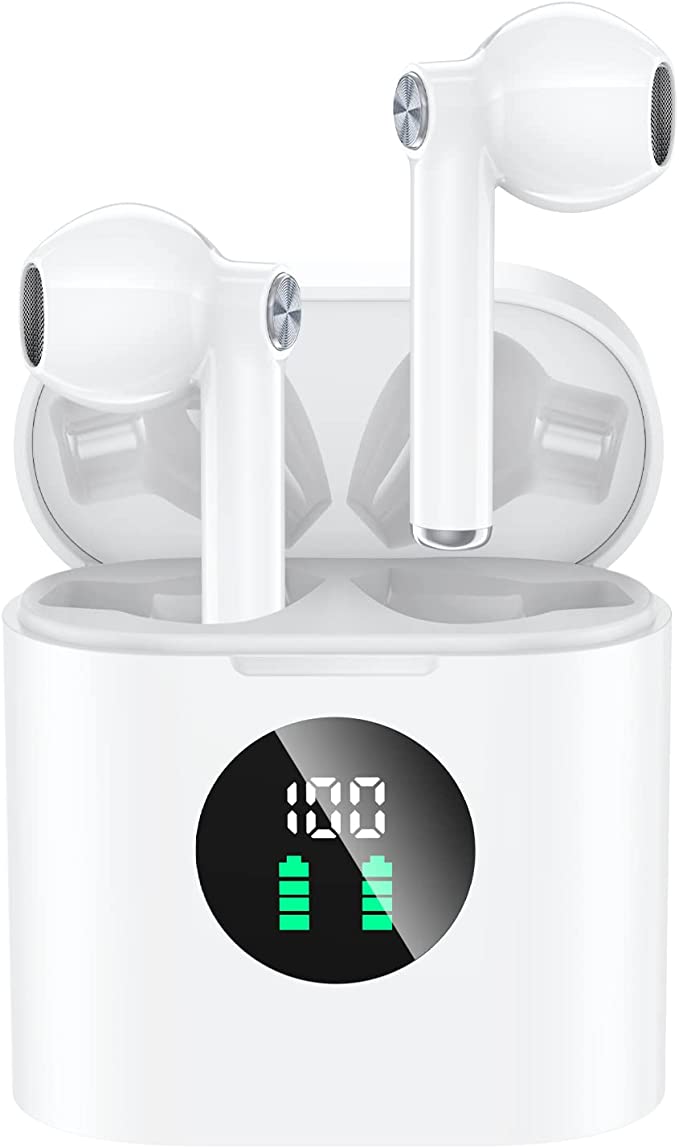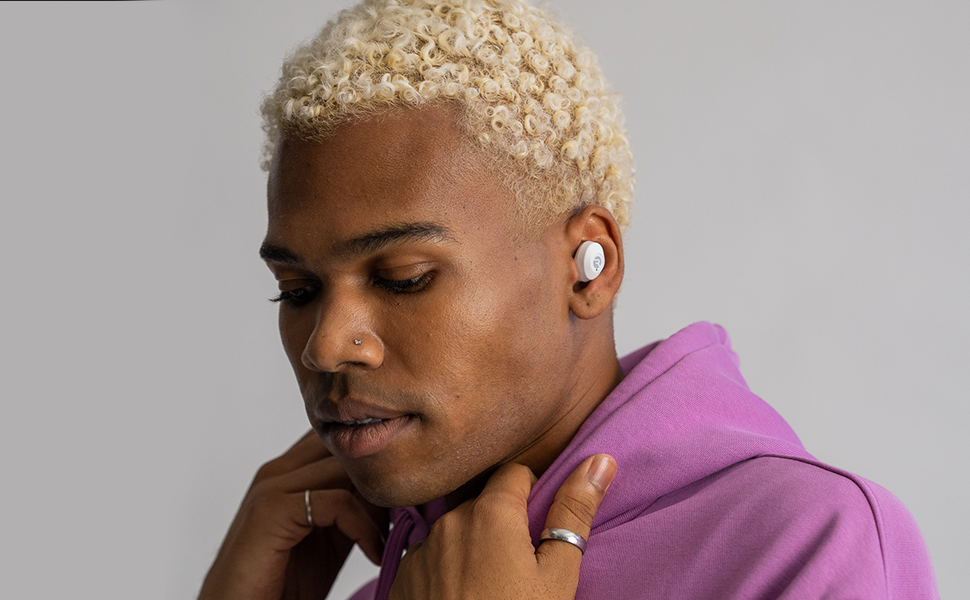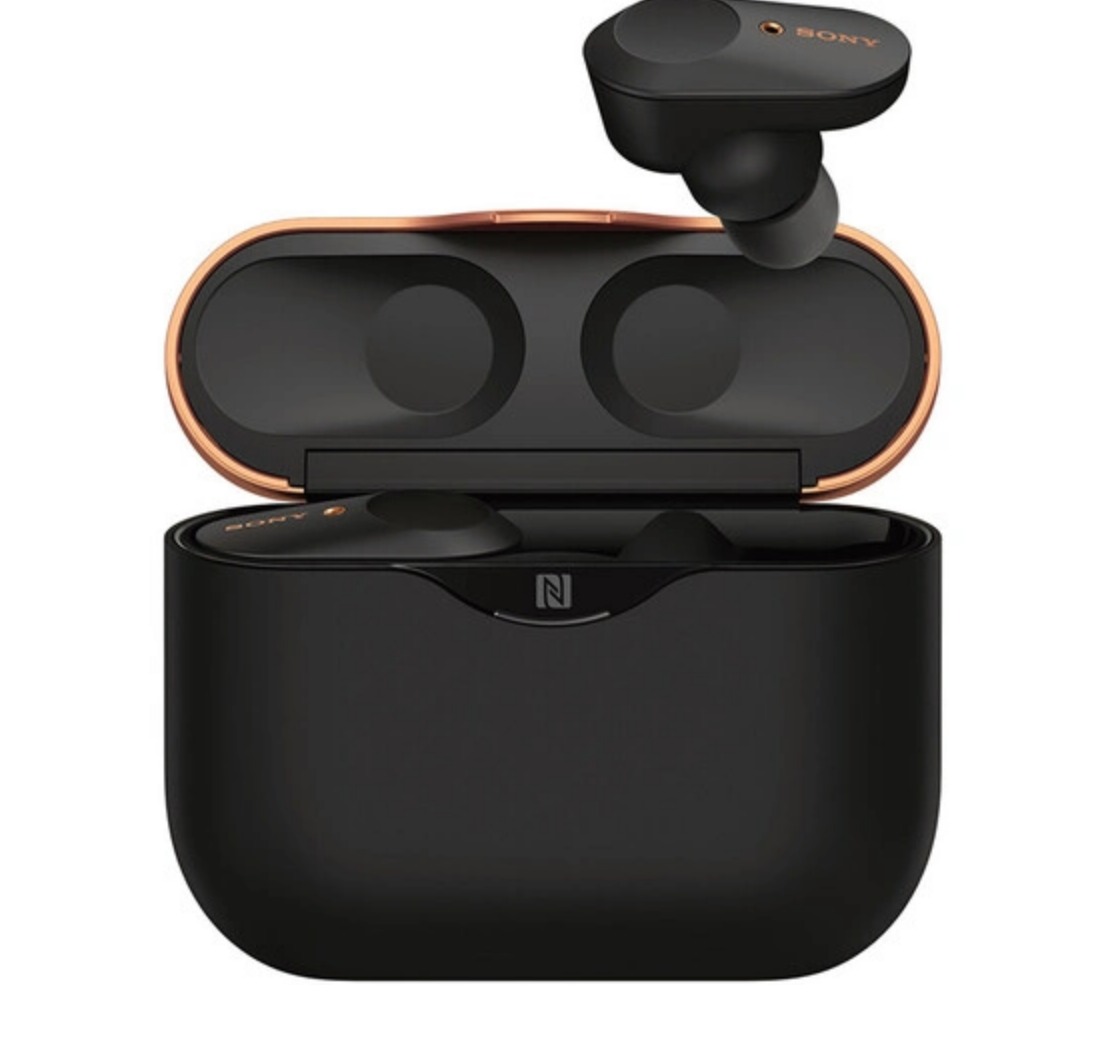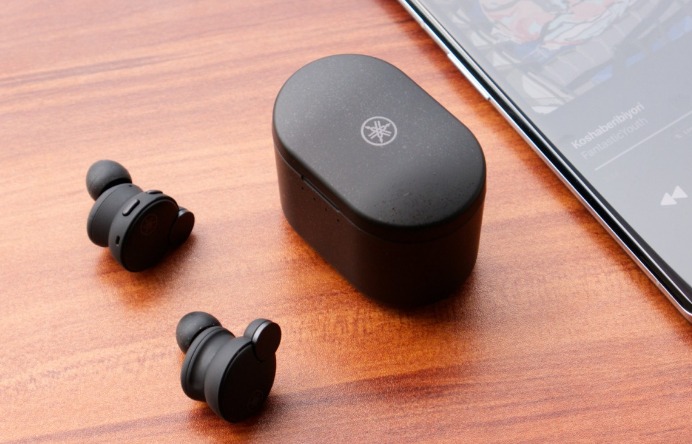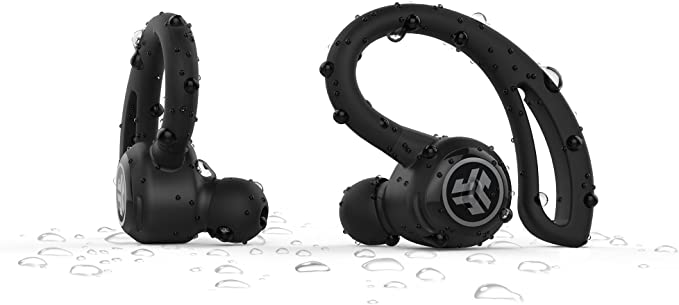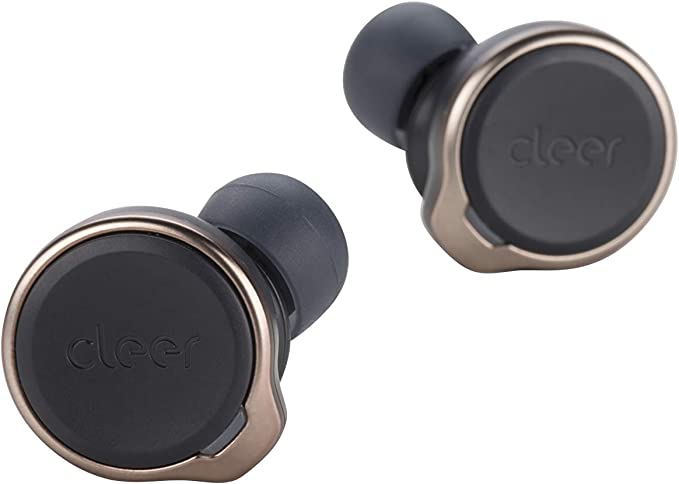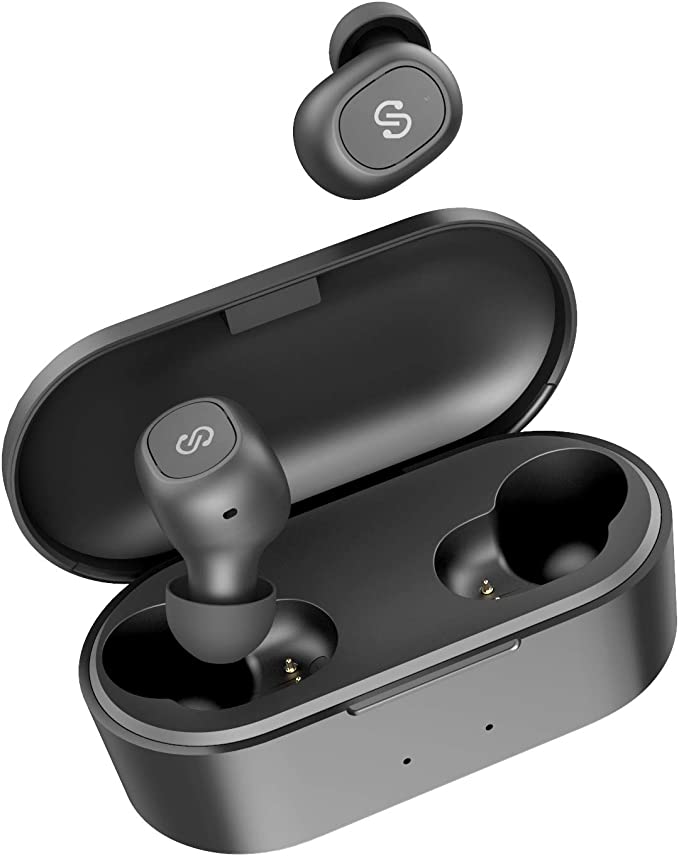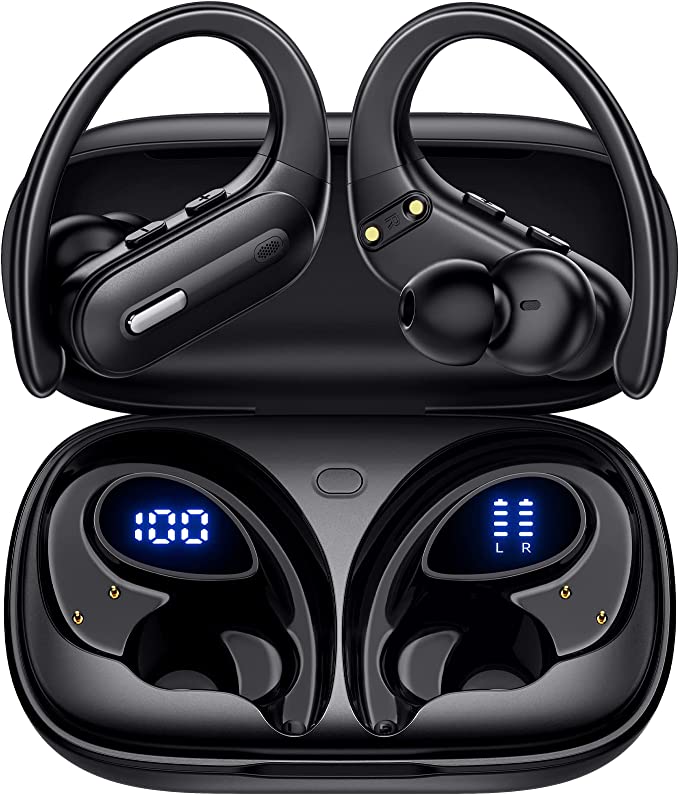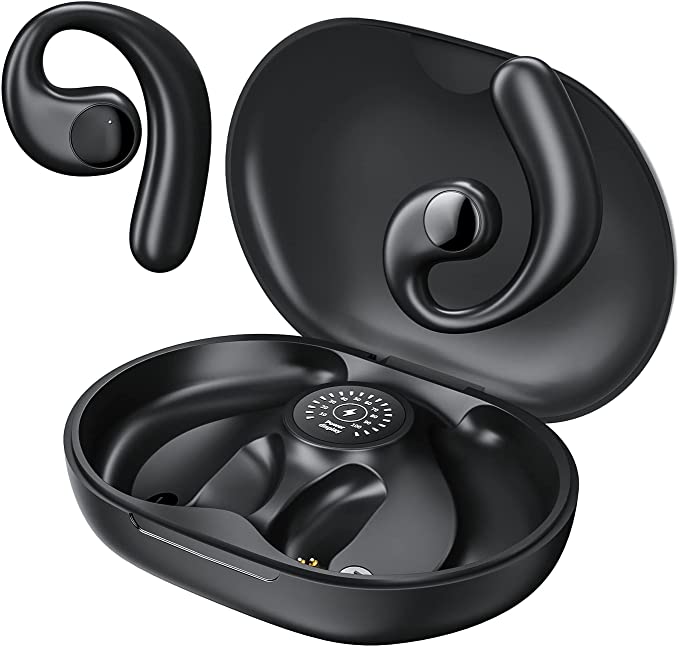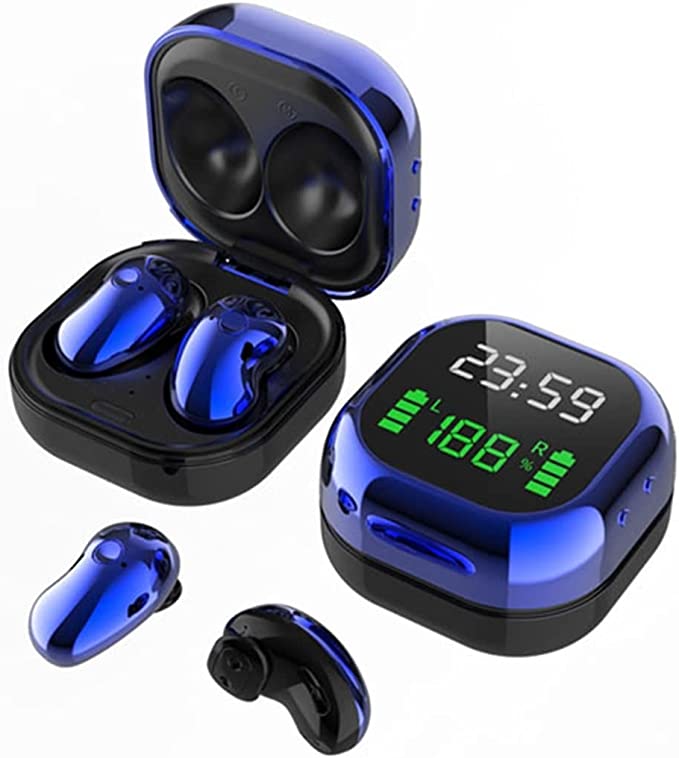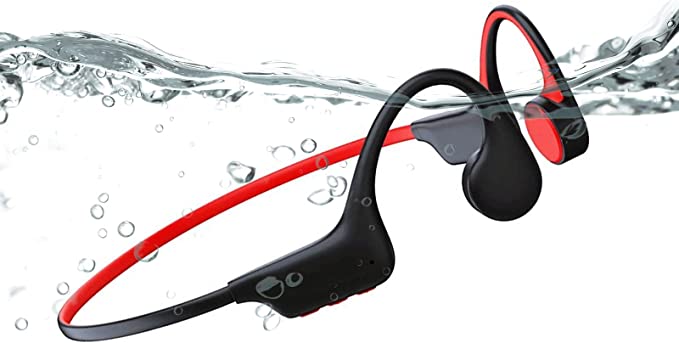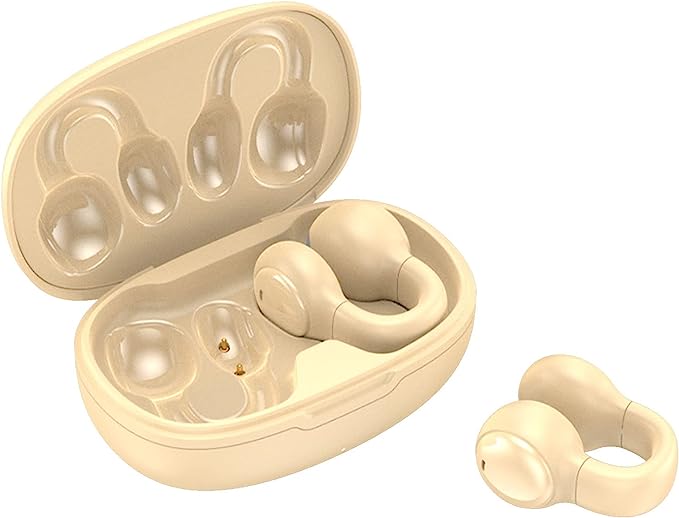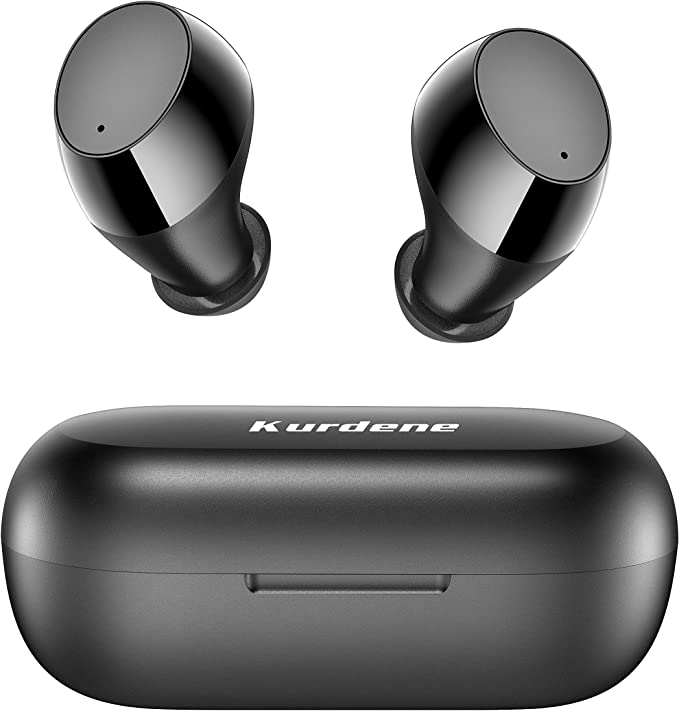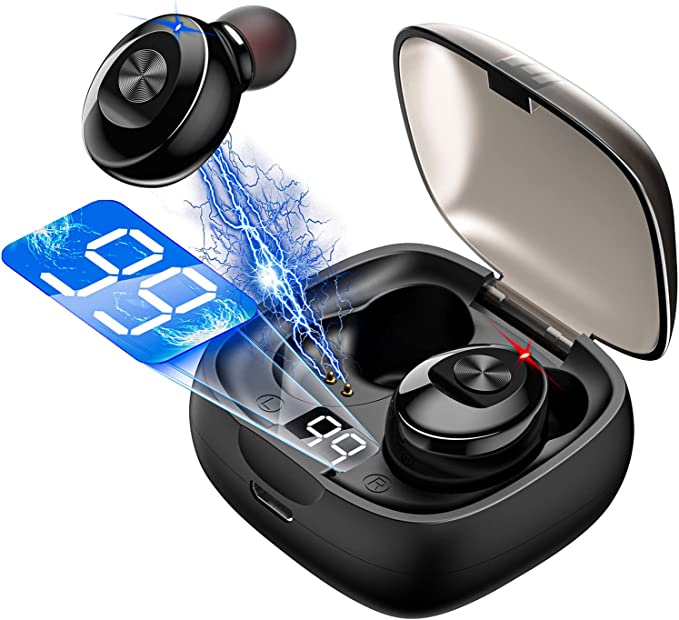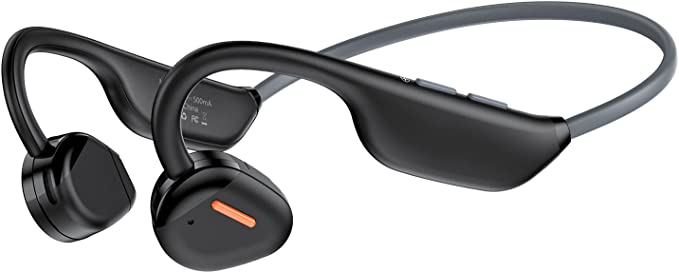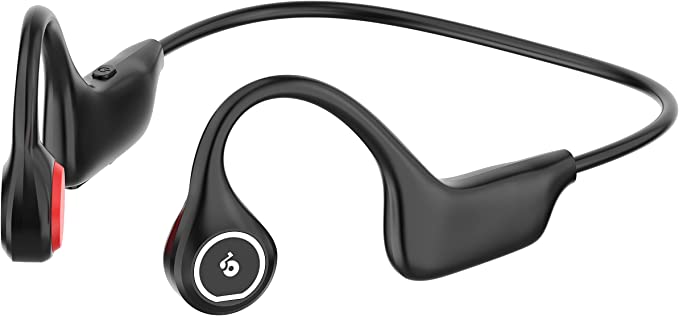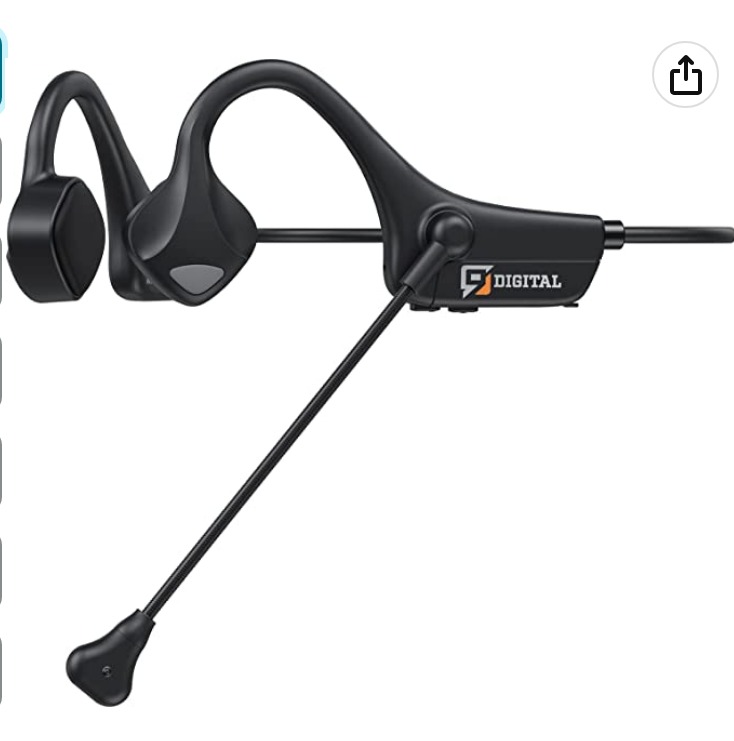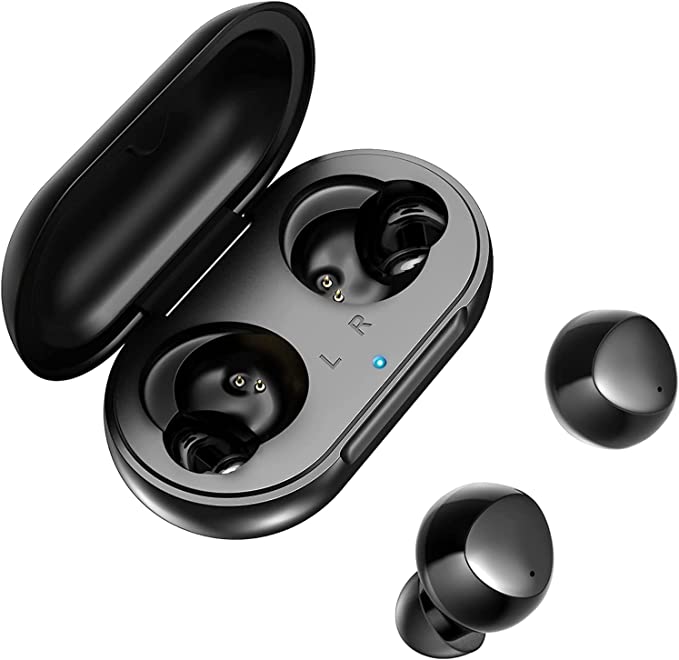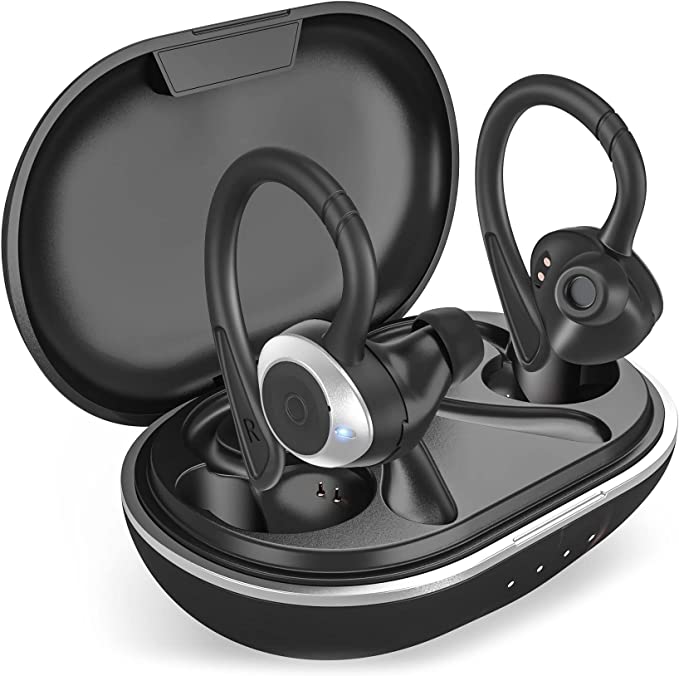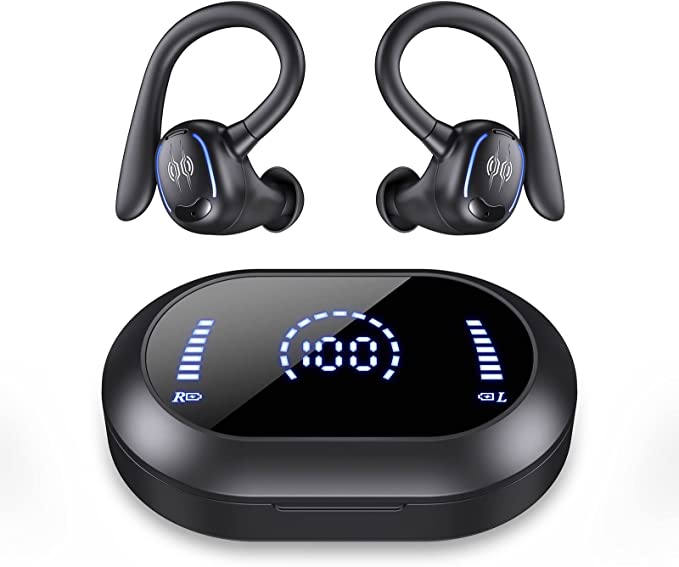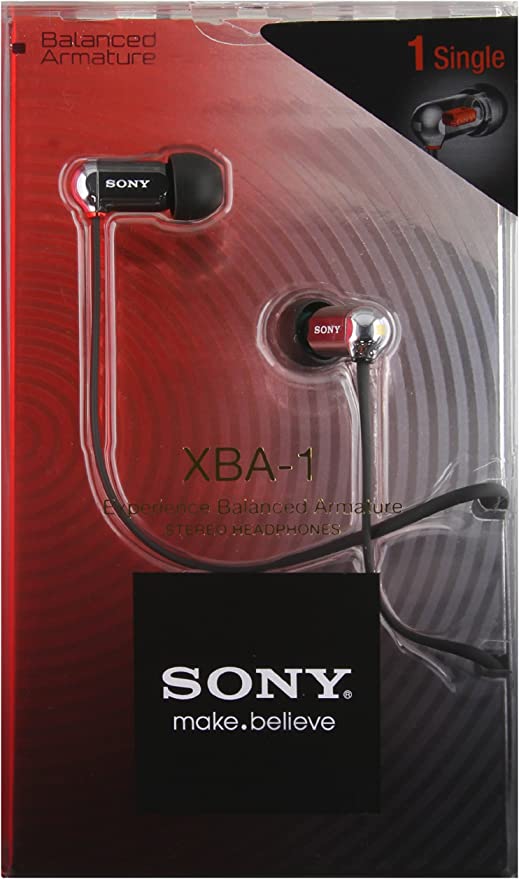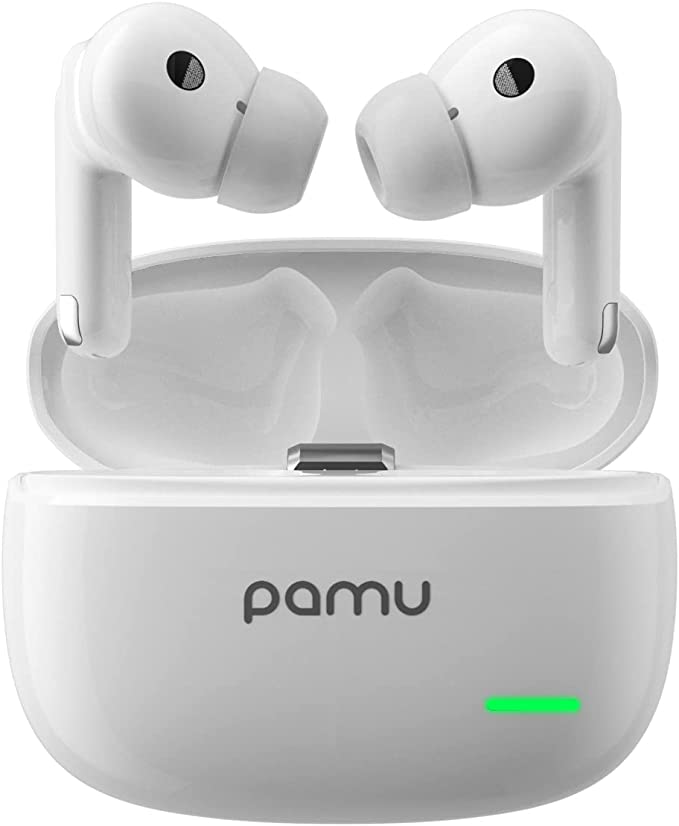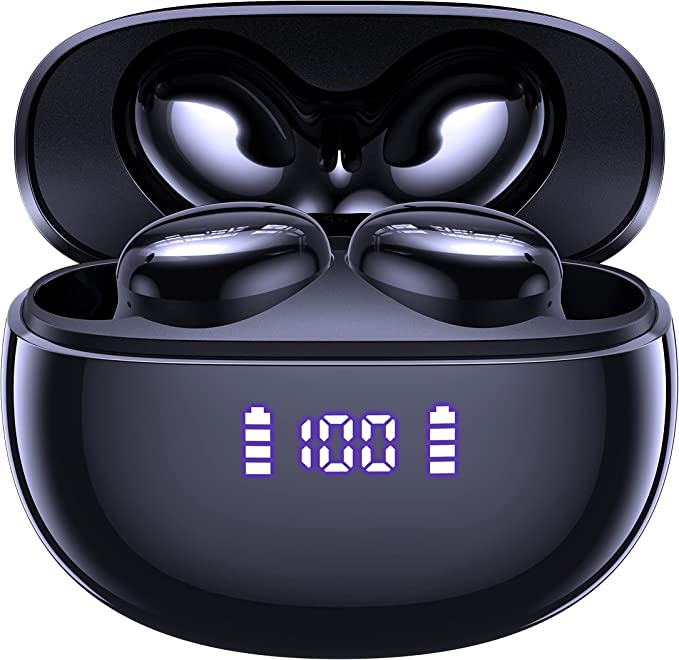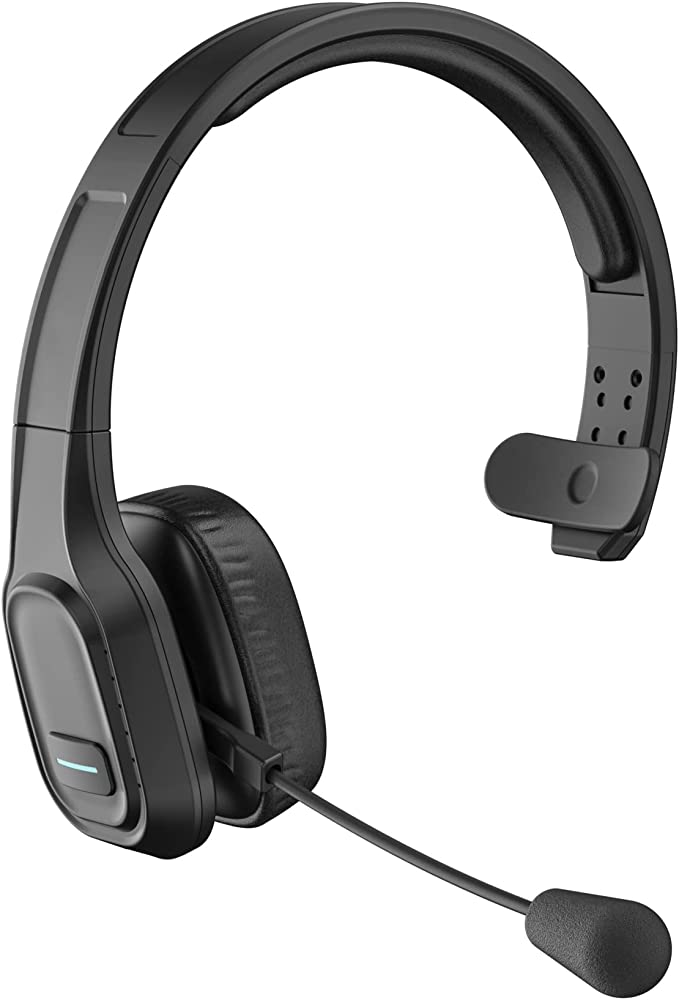HIYDOO H66 Wireless Headphones: Unpacking 91 Hours of Audio Freedom & The Science of All-Day Power
Update on May 21, 2025, 8:26 a.m.
We live in a world humming with invisible signals and powered by ever-shrinking batteries. Think about your typical morning: perhaps you’re navigating a bustling commute, the soundtrack of your day already playing, or maybe you’re seeking focus in a noisy café, a podcast your chosen companion. In these moments, and countless others, tiny pieces of technology are working tirelessly, often unnoticed, to orchestrate our personal soundscapes and keep our digital lives flowing. The once-ubiquitous tangle of headphone wires now feels like a relic of a bygone era, and the dreaded “low battery” warning on our essential devices can throw a significant wrench into our plans. It’s amidst this backdrop of constant connectivity and the unceasing demand for portable power that devices like the HIYDOO H66 Wireless Headphones emerge, not just as accessories, but as elegant solutions to some very modern needs. But how do these compact companions achieve such feats of endurance and versatility? Let’s unravel the science woven into their design.

The Disappearing Act: Cutting the Cord with Bluetooth’s Invisible Handshake
Do you remember the ritual of untangling headphone wires? That Gordian knot that seemed to form spontaneously in pockets and bags? For many, that daily frustration is now a distant memory, thanks to the quiet revolution of Bluetooth technology. The HIYDOO H66 earbuds embrace this wireless freedom through what’s known as True Wireless Stereo (TWS). This isn’t just about having no wire to your phone; it means there’s no wire between the earbuds themselves. Each earpiece acts as an independent receiver, a tiny technological marvel creating a seamless stereo sound field around you.
At the heart of this is Bluetooth, a sophisticated form of short-range radio communication. Imagine each earbud and your phone having their own miniature radio stations, capable of broadcasting and receiving information over a specific set of frequencies (typically around $2.4 \text{ GHz}$). When you “pair” your H66 earbuds, they perform a secure digital “handshake” with your device, establishing a unique, encrypted connection. The product description mentions the “latest version of Bluetooth technology,” which generally implies enhancements in stability, speed, and power efficiency, contributing to a more robust and reliable audio stream within a typical range of about 10 meters (or 33 feet). This means fewer dropouts, whether your phone is nestled in your pocket during a jog or resting on a nearby desk.
For many, the initial setup of Bluetooth devices can sometimes be a fiddly affair. The H66 aims to simplify this with an auto-connect feature – after the first successful pairing, the earbuds are designed to automatically re-establish their connection with your device as soon as you take them out of their charging case. And for those moments when you need to switch to a new phone or laptop, or if a connection ever becomes problematic, a one-step reset function offers a quick way to refresh the earbuds’ pairing status, a thoughtful touch that can save a good deal of troubleshooting frustration. This ease of use transforms the technology from a mere feature into an enabler of effortless daily listening.

The Pocketable Power Plant: Conquering Battery Anxiety with 91 Hours of Auditory Freedom
If wireless connectivity freed us from tangled cables, then advancements in battery technology are liberating us from the constant hunt for power outlets. The HIYDOO H66 boasts an impressive 91 hours of total music playback time. This remarkable figure isn’t just a number; it represents a significant leap in user convenience, potentially translating to days, or even weeks, of typical use on a single charge cycle of the system.
How is this achieved? The magic lies in a two-part system: the earbuds themselves and their companion charging case. Each earbud houses a relatively small 50mAh (milliampere-hour) battery, optimized for size and weight. However, the charging case is a veritable powerhouse, packing a substantial 1800mAh Lithium-Polymer (Li-Po) battery. Think of the case as a portable “energy reservoir” or a canteen for your earbuds’ thirst. A milliampere-hour is a unit of electric charge, representing the battery’s capacity – essentially, how much energy it can store and deliver. An 1800mAh battery, for example, could theoretically deliver a current of 1800 milliamperes for one hour, or 180 milliamperes for ten hours.
This generously sized battery in the case is what allows it to provide, as stated in the product information, up to 13 full charges to the 50mAh earbuds. It’s this multiplicative effect – earbuds playing for several hours, then recharging in the case, repeatedly – that accumulates to that headline-grabbing 91 hours. Imagine an entire week of daily 3-hour commutes and gym sessions, or a long-haul flight from New York to Tokyo and back, all without needing to plug the charging case itself into a wall socket.
Lithium-Polymer batteries are a key enabler here. They are a type of rechargeable battery that has become ubiquitous in portable electronics due to their high energy density (storing a lot of energy in a small, lightweight package) and their ability to be formed into various shapes. This allows for the sleek, pocketable design of the H66’s charging case. To keep you informed of this substantial power reserve, the case features an LED digital display, acting as an “at-a-glance” power dashboard, showing the remaining percentage of the case’s battery and the charging status of the earbuds when they are docked. This simple but crucial feature helps eliminate “battery anxiety,” allowing you to confidently go about your day. The case itself is recharged via a modern mini USB Type-C cable, aligning with current charging standards for many devices.

The Unexpected Hero: When Your Earbuds’ Case Becomes a Lifeline
The ingenuity of the HIYDOO H66’s charging case doesn’t stop at merely powering the earbuds. It harbors a discreet but potentially invaluable secondary function: it can serve as an emergency power source for your other electronic devices. Integrated into the case is a standard USB-A port, a familiar connector for many charging cables.
The principle is straightforward. The 1800mAh battery within the case stores electrical energy. When your smartphone or another small USB-powered gadget is critically low on power, you can connect its charging cable to this USB-A port. The case then acts like a miniature power bank, transferring some of its stored energy to revive your dying device.
Picture this: you’re navigating an unfamiliar city, your phone’s map application draining its last reserves, and there’s no power outlet in sight. Or perhaps you need to make an urgent call, only to be met with a blank screen. In such moments, the ability to draw even a partial charge from your earbud case can be a genuine lifesaver. While its 1800mAh capacity won’t fully recharge a modern smartphone multiple times (which often have batteries in the 3000-5000mAh range), it can certainly provide enough juice for that crucial call, to send an important message, or to keep your navigation running until you reach your destination. This added utility transforms the H66 from a dedicated audio accessory into a more versatile everyday carry item, offering a little extra peace of mind in our power-dependent world.

The Miniature Concert Hall: Crafting Sound in a Small Space
Enduring power and seamless connectivity are vital, but the ultimate purpose of any headphone is, of course, the sound itself. The challenge for engineers has always been to coax rich, immersive audio from increasingly compact devices. The HIYDOO H66 earbuds tackle this with 11mm large dynamic drivers.
So, what exactly is an audio driver, and why does its size matter? Think of the driver as the miniature engine or, more aptly, the “voice” of the earbud. It’s the component that converts the electrical audio signal sent from your phone into the physical sound waves that your ears perceive. A dynamic driver, the most common type in headphones, works much like a traditional loudspeaker, just scaled down. It consists of a diaphragm (a thin, flexible membrane), a voice coil (a lightweight coil of wire attached to the diaphragm), and a magnet. When the electrical audio current flows through the voice coil, it creates a fluctuating magnetic field that interacts with the field of the permanent magnet. This interaction causes the voice coil, and thus the diaphragm, to vibrate rapidly. These vibrations push and pull the air, creating sound waves.
An 11mm driver is quite substantial for in-ear headphones. Generally, a larger diaphragm surface area allows the driver to move more air. This can be particularly beneficial for reproducing lower frequencies, contributing to what the product describes as “rich bass.” However, size isn’t everything; the quality of the driver materials, the internal acoustic design of the earbud housing, and the tuning of the driver all play crucial roles in achieving the desired “balanced sound profile” – one where bass, midrange, and treble frequencies are reproduced accurately and harmoniously, allowing you to hear the clear and powerful high frequencies and natural midrange that bring music and speech to life.
This pursuit of audio fidelity is further aided by a critical, often overlooked, element: the seal of the earbud in your ear canal. The H66 earbuds come with three different sizes of silicone ear tips. Finding the perfect fit is paramount. A snug, comfortable seal does two things: firstly, it creates a closed acoustic chamber, which is essential for experiencing the full bass response the drivers are capable of and for delivering sound directly and efficiently to your eardrum. Secondly, it provides a degree of passive noise isolation, physically blocking out some of a Mmbient noise, allowing you to immerse yourself more fully in your audio without needing to crank up the volume excessively. And for those moments when you need to interact with the world or take a call, the built-in microphone ensures your voice is picked up clearly, making communication an integral part of the audio experience.
Engineered for the Everyday: Durability, Comfort, and Quiet Presence
Our personal tech doesn’t live in a vacuum; it accompanies us through workouts, commutes in unpredictable weather, and the general hustle of daily life. The HIYDOO H66 earbuds are designed with this reality in mind, incorporating features that enhance their resilience and wearability.
An IPX5 waterproof rating is a key aspect here. The “IP” stands for Ingress Protection, a standard that classifies the degree of protection provided by enclosures of electrical equipment against intrusion from foreign bodies (like dust) and moisture. The ‘X’ in IPX5 means the earbuds haven’t been specifically rated for dust ingress (or it’s not a highlighted feature), while the ‘5’ indicates that they are protected against low-pressure water jets from any direction. In practical terms, this means the H66 earbuds can comfortably withstand sweat during an intense gym session, a light drizzle on your run, or even an accidental splash. This level of water resistance (though it’s important to note, as the manufacturer does, that they are not designed for swimming or submersion in a bath) offers peace of mind for active users.
Comfort during extended wear is also a significant consideration. The description highlights a “small in-ear invisible earphone” design, suggesting a focus on a lightweight and discreet form factor. This, combined with the availability of three sizes of silicone ear tips, allows users to find a secure and comfortable fit. A good fit not only optimizes sound but also ensures the earbuds stay in place, a crucial factor for anyone who’s experienced the annoyance of an earbud dislodging mid-activity. Indeed, one user in the provided Q&A noted, “They do not move while running!” – a testament to a successful ergonomic design for active scenarios. This “invisible” quality can also be appreciated in situations where one might prefer a more unobtrusive listening experience, such as in an office or on public transport.

The Unfolding Future of Personal Tech: More Than Just Earbuds
The HIYDOO H66 Wireless Headphones, with their blend of extended playback, emergency power capabilities, wireless convenience, and considered audio design, are more than just a sum of their parts. They are a snapshot of a broader trend in personal technology: the relentless drive towards greater integration, efficiency, and user-centric functionality packed into ever more compact forms.
From the silent, invisible dance of Bluetooth radio waves establishing a personal sound bubble, to the remarkable energy density of Lithium-Polymer batteries fueling days of use, and the precision engineering that allows an 11mm driver to fill your ears with rich sound – these are the quiet triumphs of science and engineering that we now carry in our pockets. Devices like these are not merely accessories; they are enablers, subtly reshaping how we consume media, stay connected, manage our energy needs, and navigate the soundtrack of our increasingly mobile lives. As we look ahead, the symphony of sound, power, and freedom conducted by such personal technology is only set to become more refined, more intuitive, and even more seamlessly woven into the fabric of our everyday existence.

